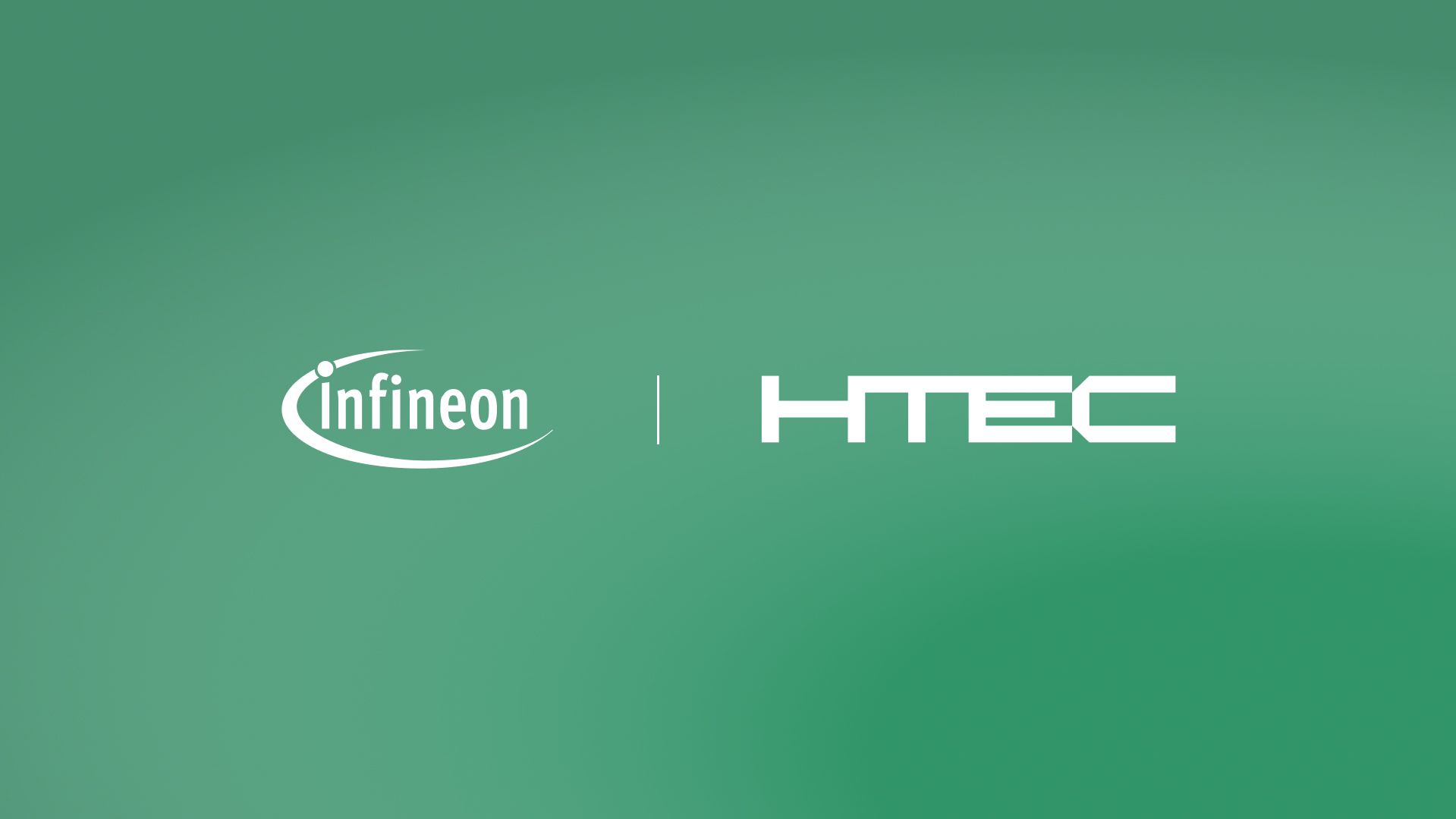Like most technology terms in the finance industry, “banking software” is an umbrella expression referring to digital tools that can process transactions, track balances, and simplify communication with customers.
These are the banking software companies that are shaping the future of fintech in real time.
Zest: AI-driven lending that leaves the old-fashioned behind
Lending is the driving force of the banking world. Without access to capital and credit, fledgling companies struggle to survive and grow. Unfortunately, the process of lending money has always involved long waits and seemingly endless forms to fill out.
Not anymore. While some lenders remain stubbornly stuck in the past, banking software companies like California-based Zest are utilizing artificial intelligence (AI) to make risk assessments more efficient for those looking to borrow money. The company offers support from software development to operation. and has proven to increase approvals by 15% while decreasing losses by 30%.
As an industry leader in lending, expect Zest to continue making strides as more lenders demand a high level of accuracy and efficiency that can only be achieved through the systematic use of AI. Investing in AI and machine learning has become an absolute must for the financial industry, and Zest is the gold standard.
Ingencio: Changing the way we pay
You cannot talk about payment systems without mentioning Ingenico. The France-based banking software company produced its first EMV payment terminal in 1984 (when much of the world was still fiddling through bills and coins) and has been on the cutting edge of payment technology ever since, modernizing how we pay for products.
The range of financial technology offered by Ingenico is vast, serving both massive corporations and independent e-commerce start-ups. Ingenico made its name in payment terminals and card readers but has branched out into POS (point-of-sale) software as well as tools for fraud prevention, analytics, and reporting.
Netcetera: A Swiss army knife of payment software
Netcetera has been a market leader in 3-D secure payments for over two decades. But there is more to Netcetera than just payment software. The company now offers services covering everything from digital user authentication to mobile banking and fraud detection systems, not to mention having a cutting-edge position in payment hubs and customized banking software.
With its headquarters in Zurich and additional locations in Europe, Asia, and the Middle East, it is not surprising that the majority of Swiss banking institutions now offer Netcetera’s mobile banking systems to customers.
Netcetera’s commitment to unique solutions and tailor-made software will keep them on the cutting edge of banking software for the foreseeable future.
Neobanks: You don’t need to go to the bank
A new generation of banks are taking brick and mortar out of the equation and offering services entirely online.
Berlin-based N26 (Number26, a name taken from the iconic Rubik’s Cube) offers “banking, the way it should be today.” Initially an interface startup that acted as a go-between, N26 received its banking license in 2016 and has developed into a real player in the banking world. Available throughout the Single Euro Payments Area (SEPA) and the United States, N26 excels at fast, simple, and secure banking that’s also free.
N26 users can make quick and easy mobile transfers to each other. Additionally, N26 enables a high level of personal control over banking security, with customers able to lock and unlock their cards through the app without contacting customer service. That alone is enough to drive some customers to be exclusively digital in their banking.
There are countless neobanks making headway worldwide. London-based Revolut (13 million accounts and counting) is arguably the biggest, but Monza and Starling aren’t far behind. South Korea’s Kakao Bank has attracted more than $2.5bn in investment in its short history.
However, it isn’t all rosy for neobanks. The global pandemic of 2020 was an opportunity for neobanks like Revolut and N26 to prove that the future of banking is digital. However, the uncertainty caused by the pandemic had a knock-on effect on neobanks, creating some skepticism and dwindling profits.
While digital banking is central to the future of fintech, the industry will need to overcome these obstacles. Old-fashioned customer trust and relationship-building will need to improve for neobanks to be the cornerstone of digital banking.
What does the future hold for banking software?
Banking survives and thrives in a world of change and growth, and the continued success of banking software companies is essential to how we manage and spend money.
The 21st century has seen countless waves of new technology in its first two decades, with more to come. The innovation on display from banking software companies like Ingenico, Netcetera, Zest, and the neobanks, suggests that the future of banking is in good hands.
Want to learn more about how HTEC’s technology expertise can transform your business? Explore our Product Engineering and Financial Services & Insurance capabilities.





